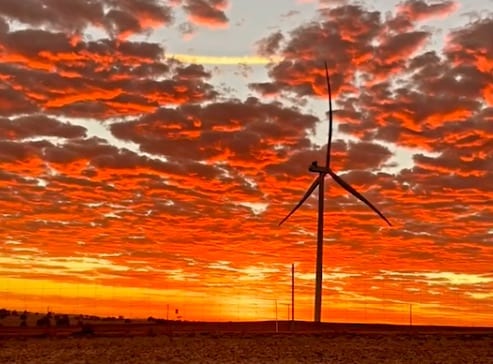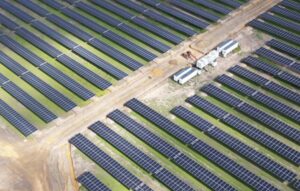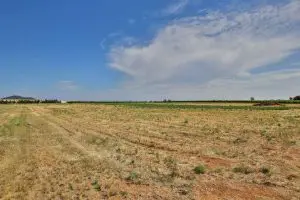Western Australia – host to the world’s biggest standalone electricity grid – has introduced a series of significant reforms to its isolated Wholesale Electricity Market to pave the way for rapid growth in wind and solar, and more storage and demand management.
The new reforms to the WEM went “live” on Sunday, October 1, and mostly consist of technical changes to market systems that would be largely un-noticed and of little interest to those not involved in the day to time operations of the grid.
But it does introduce some significant changes, including the introduction of five minute trading intervals, rather than 30 minutes, and the introduction of several other reforms which should remove barriers to entry to new wind and solar projects, and ensure more wind and solar capacity is dispatched.
Other initiatives include changes to the markets for grid services such as frequency control and inertia, and the introduction of a “rate of change of frequency” market that will encourage fast-acting technologies such as battery storage to provide grid security, and get rewarded for it.
The changes come amid a massive rethink in Western Australia about its energy direction, driven largely by huge corporate demand for zero emissions power – from miners in the north, to heavy industry, and aspiring green hydrogen and battery producers – to make products that can be sold on international markets.
A new demand forecast prepared for the state government earlier this year forecast more than 50GW of wind and solar would be needed to meet this demand for green energy.
W.A. had been relatively slow on the uptake of large scale wind and solar, but has been scrambling in the last couple of years to accelerate the switch to green energy on its main grids – the South-West Interconnected System around Perth, and the North West Interconnected System in the mining-rich Pilbara.
Because of its isolated nature – its main grids have no connections to other networks – it now finds itself at the forefront of managing the switch to wind and solar, made more challenging by the huge penetration of rooftop solar, particularly in the main grid in the south-west, where it is already the biggest generation system.
Already the state grid is facing unique challenges, with rooftop solar grabbing up to 76 per cent of total generation, renewables in general reaching a high of 84 per cent, and grid demand hitting new lows in the middle of the day. More than four gigawatt hours of new battery storage is under construction.
See: Big Battery to the rescue as rooftop PV pushes biggest isolated grid to record demand lows
AEMO also on Tuesday announced a major new contract for demand response with Enel X, to provide 120MW of flexible demand capacity to help it manage fluctuations in the grid.
The new market for RoCoF (rate of change of frequency) will help address the need for “ramping” and deal with the rapid changes in output in the evening peaks as rooftop solar dials down with the setting sun. It will also feature new incentives for demand management.
The new reforms come ahead of yet more changes to the structure of its capacity markets, and as it prepares for the exit of its last coal fired generators before the end of the decade and amid huge investments in new batteries, including the biggest in Australia.
Kate Ryan, who is the head of WA and strategy for the Australia Energy Market Operator, says the existing market was no longer fit-for-purpose to facilitate the state’s energy transition to net zero emissions.
“Only a decade ago, more than 90 per cent of all electricity used in WA’s main power system was generated by burning coal and gas,” she said in a statement.
“Today, the wind and the sun account for around a third of our annual electricity supply, peaking at about 84%, at times.
“These reforms modernise the power system in Western Australia and lay the foundations for it to run on growing levels of renewables, while delivering secure, reliable and affordable energy to consumers.”
Ryan told RenewEconomy that the previous “unconstrained network” access framework – which was resulting in significant connection delays and inefficient use of the network – has been modified and will now provide access on a constrained basis.
This removes the obligation for new entrants to fund augmentation, and will reduce barriers to entry, and increasing the utilisation of the network.
An interim access regime has been in place for the last few years – but many new wind farms have suffered major downtime because of the access arrangements. A new, more sophisticated approach to managing day to day operations will lead to more wind and solar production, and less constraints.
Ryan said the new market reforms will bring key benefits, including:
- Encouraging and facilitating future investment needed to maintain system security and reliability as the energy transition picks-up pace.
- Developing a modernised grid that can cope with high levels of renewable energy and new technologies, including grid-scale battery storage.
- Overcoming technical issues that resulted in dispatching more costly generation, which will allow more low-cost renewable energy into the grid.










